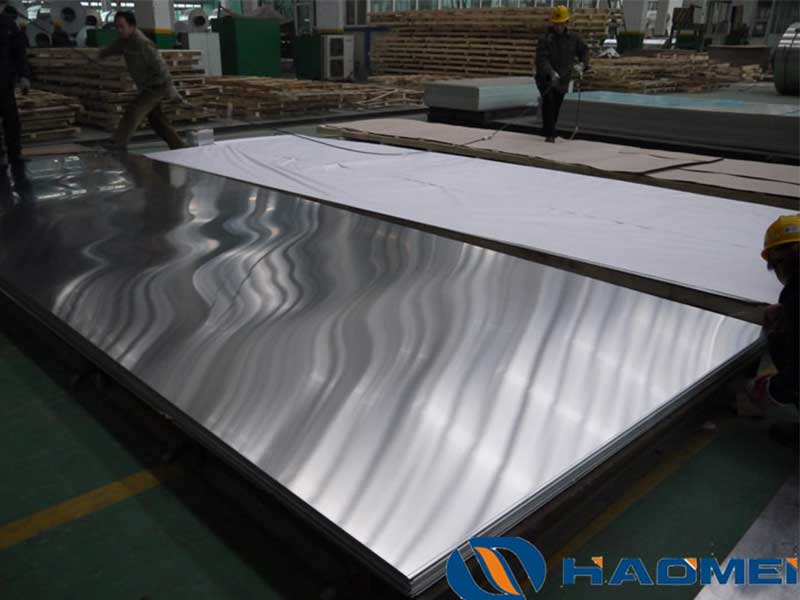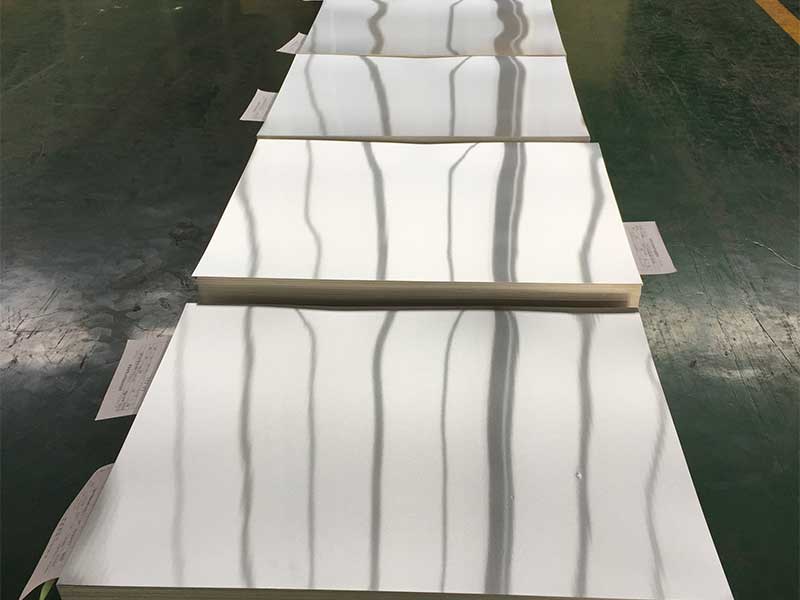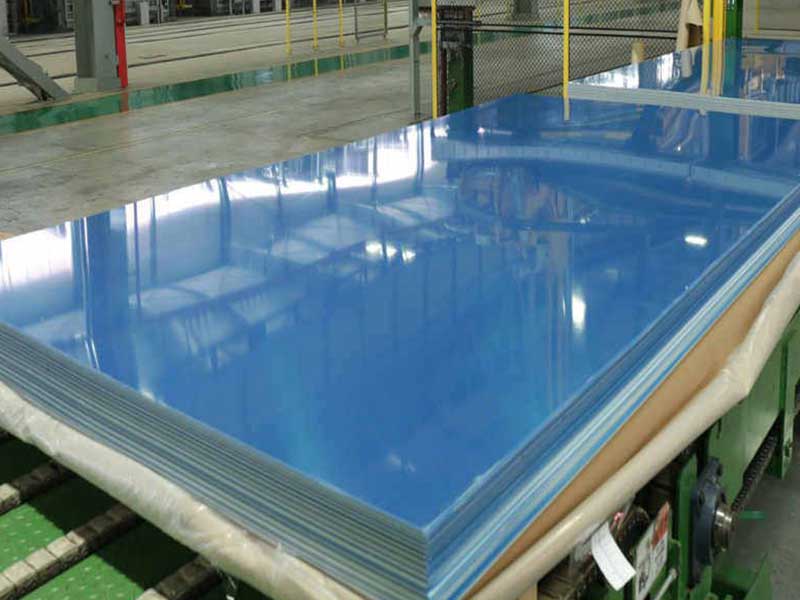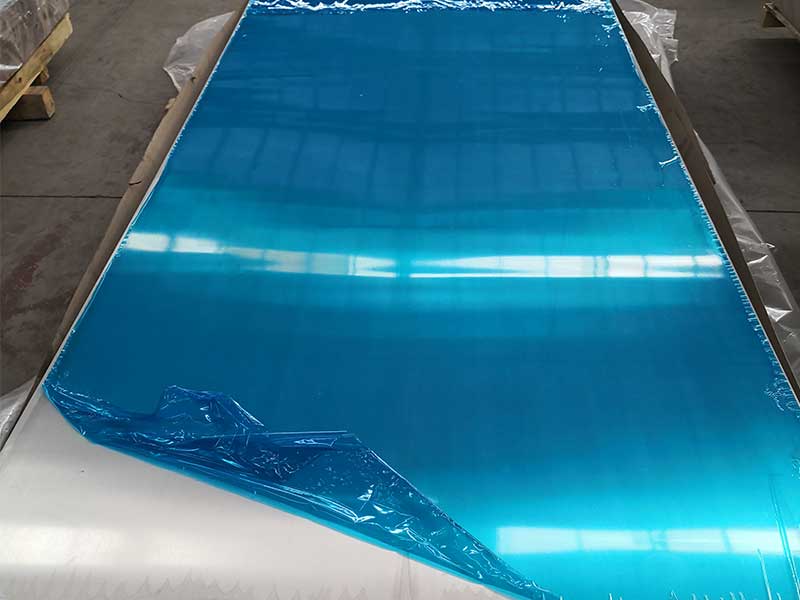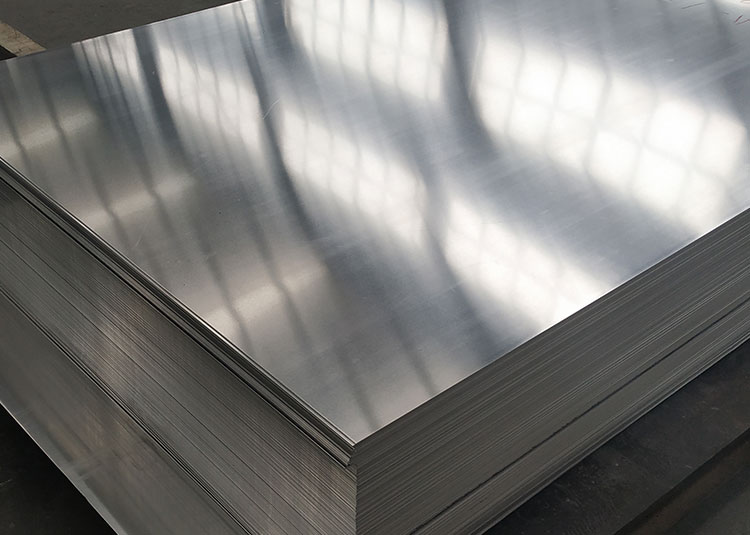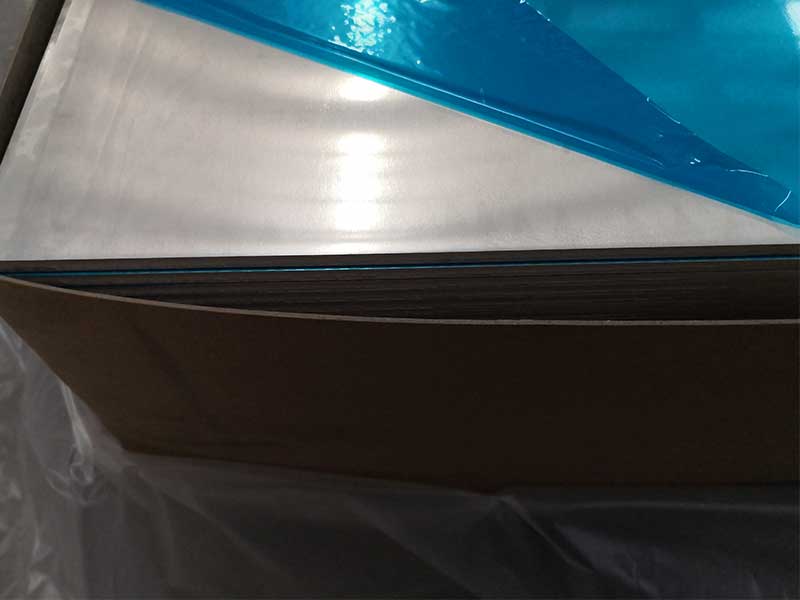Rate of aluminium sheet
10/22 2025
Aluminium sheets are versatile, lightweight, and corrosion-resistant metal products primarily used across a wide range of industries, including automotive, aerospace, construction, and packaging. the rate of aluminium sheet involves not only the pricing but also the parameters influencing it such as alloy type, sheet thickness, surface finish, and mechanical properties.
Table of Contents
Features Chemical Composition Technical Specifications Mechanical Properties Applications Factors Influencing the Rate of Aluminium Sheet Benefits of Aluminium Sheets Aluminium sheets are flat, rolled metal products typically manufactured through either hot rolling or cold rolling processes. Their thickness generally measures from 0.2 mm to 6 mm. Aluminium’s excellent characteristics—such as light weight, good thermal and electrical conductivity, corrosion resistance, and recyclability—make these sheets indispensable in modern manufacturing.
Features
| Feature | Description |
|---|
| Material Type | Typically aluminium alloys (1xxx, 3xxx, 5xxx, 6xxx, 7xxx series) |
| Surface Finish | Mill finish, polished, anodized, brushed |
| Thickness Range | 0.2 mm to 6 mm |
| Width Range | Up to 2000 mm |
| Lightweight | Lower density (~2.7 g/cm³) compared to steel |
| Corrosion Resistance | Excellent, naturally forms oxide layer |
| Adaptability | Easily formable and weldable |
Chemical Composition
Aluminium alloys usually vary depending on the grade and application. Below is an example chemical composition for common aluminium alloys used in sheet form.
| Alloy | Si (%) | Fe (%) | Cu (%) | Mn (%) | Mg (%) | Cr (%) | Zn (%) | Ti (%) | Al (%) |
|---|
| 1100 | 0.4 | 0.4 | --- | 0.05 | --- | --- | --- | 0.03 | Bal. |
| 3003 | 0.6 | 0.7 | 0.1 | 1.0 | --- | --- | --- | --- | Bal. |
| 5052 | 0.4 | 0.4 | 0.1 | 0.1 | 2.5 | 0.15 | --- | 0.05 | Bal. |
| 6061 | 0.4 | 0.7 | 0.28 | 0.15 | 1.0 | 0.2 | 0.25 | 0.15 | Bal. |
Technical Specifications
| Parameter | Specification Range | Unit |
|---|
| Thickness | 0.2 – 6.0 | mm |
| Width | Up to 2000 | mm |
| Length | Custom (usually coils or cut to length) | mm |
| Density | ~2.7 | g/cm³ |
| Melting Point | 660 | °C |
| Thermal Conductivity | 205 - 237 | W/m·K |
| Electrical Conductivity | Up to 62 | %IACS |
Mechanical Properties
| Alloy | Tensile Strength (MPa) | Yield Strength (MPa) | Elongation (%) |
|---|
| 1100 | 70 | 35 | 35 - 50 |
| 3003 | 130 | 100 | 12 - 25 |
| 5052 | 228 | 193 | 12 - 20 |
| 6061 | 290 | 241 | 10 - 22 |
Applications
Aluminium sheets are preferred across diverse industries for the following specific applications:
| Industry | Typical Use Cases |
|---|
| Aerospace | Aircraft skins, structural components |
| Automotive | Body panels, heat shields, decorative trims |
| Construction | Roofing, facades, wall panels, curtain walls |
| Packaging | Cans, foils, container closures |
| Electronics | Heat sinks, housings |
Factors Influencing the Rate of Aluminium Sheet
The price or rate of aluminium sheets is influenced by several factors beyond simple material costs:
| Factor | Description |
|---|
| Aluminium Market Price | Often linked to LME aluminium prices fluctuating daily |
| Alloy Type | High strength or specialty alloys command higher rates |
| Sheet Thickness | Thicker sheets have higher material use so higher cost |
| Surface Treatments | Anodizing, coatings, or special finishes add to production cost |
| Quantity/Order Size | Bulk orders reduce price per kg or per sheet |
| Processing Method | Cold rolling usually costs more due to added labor/control |
| Supply Chain Factors | Transportation, tariffs, or import/export duties |
Benefits of Aluminium Sheets
| Benefit | Explanation |
|---|
| Lightweight | Enhances fuel efficiency and ease of handling |
| High Corrosion Resistance | Less maintenance cost and longer lifespan |
| Recyclability | Environmentally sustainable option |
| Excellent Surface Options | Aesthetic value plus added protection like anodizing |
| Thermal & Electrical Conductivity | Vital for electronics and heat exchange applications |
| Formability | Complex shapes and smooth bends achievable |
https://www.al-alloy.com/a/rate-of-aluminium-sheet.html
Related Products
Related Blog


